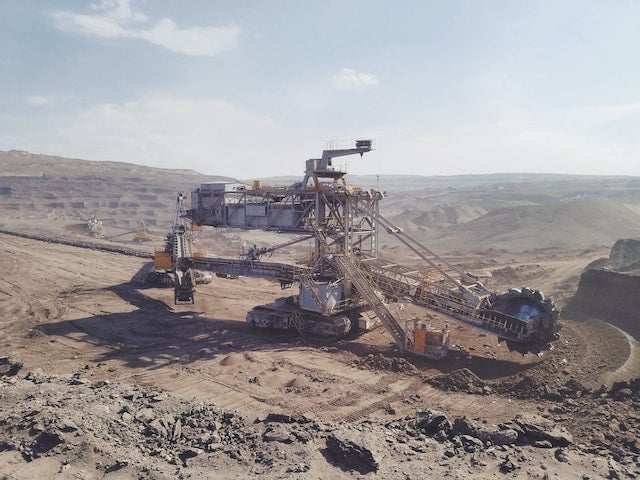
Fin Resources has signed an agreement to acquire the Cancet West, Ross and Gaspe lithium projects, collectively called Mt Tremblant lithium projects (MTLP), located in Quebec, Canada.
Under the terms of the agreement, Fin will issue 24 million of its fully paid ordinary shares to the vendor, Mr Oliver Friesen, and pay A$150,000 ($100,581) cash.
In addition to the acquisition, the company has received firm commitments to raise $550,000 through the placement of its 30.55 million shares at a price of $0.018 per share.
The MTLP contains 480 granted mineral claims and five pending mineral claims that cover a total area of 130km2.
Located within the prolific James Bay area of Quebec, the Cancet West project covers more than 14km strike length of the Archean-aged Guyer greenstone belt.
The project is known to host spodumene-bearing pegmatites along strike to the east of the Cancet West project in the neighbouring Corvette Project and Cancet Project.
The Ross Project is located about 90km northeast of Nemaska Whabouchi spodumene-bearing pegmatites lithium deposit, with a proven resource of 36.6 Mt at 1.3% Li2O4.
It covers more than 30km of underexplored greenstone with the potential to host pegmatites within the project area.
The Gaspe Lithium project is located within the Gaspe Peninsula in southeast Quebec, within an east-west sedimentary (mudstone) belt.
Fin believes that the Gaspe project has the potential to host a lithium in clay deposit that contains several regional-scaled faults within or near the property.
It is surrounded by a zone of anomalous Li in soil samples within regional datasets, with further interpretation and analysis of datasets underway.
The company’s near-term works programme for the three project areas includes an in-depth review of historical datasets and mapped outcrop throughout the three projects.
It also includes the acquisition and interpretation of high-resolution satellite imagery, remote sensing and geophysics, in conjunction with historic datasets and satellite imagery.




